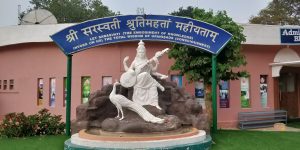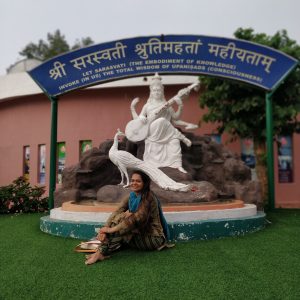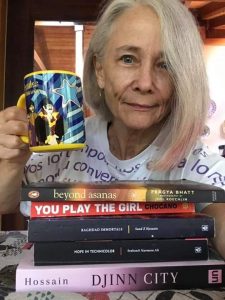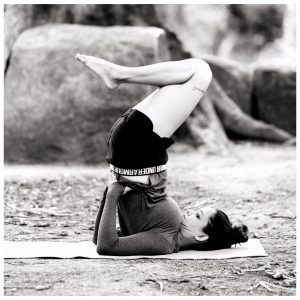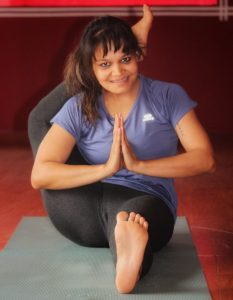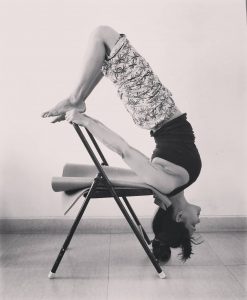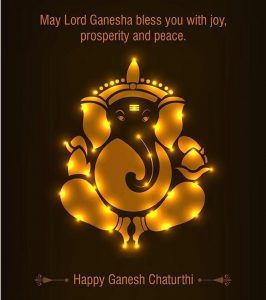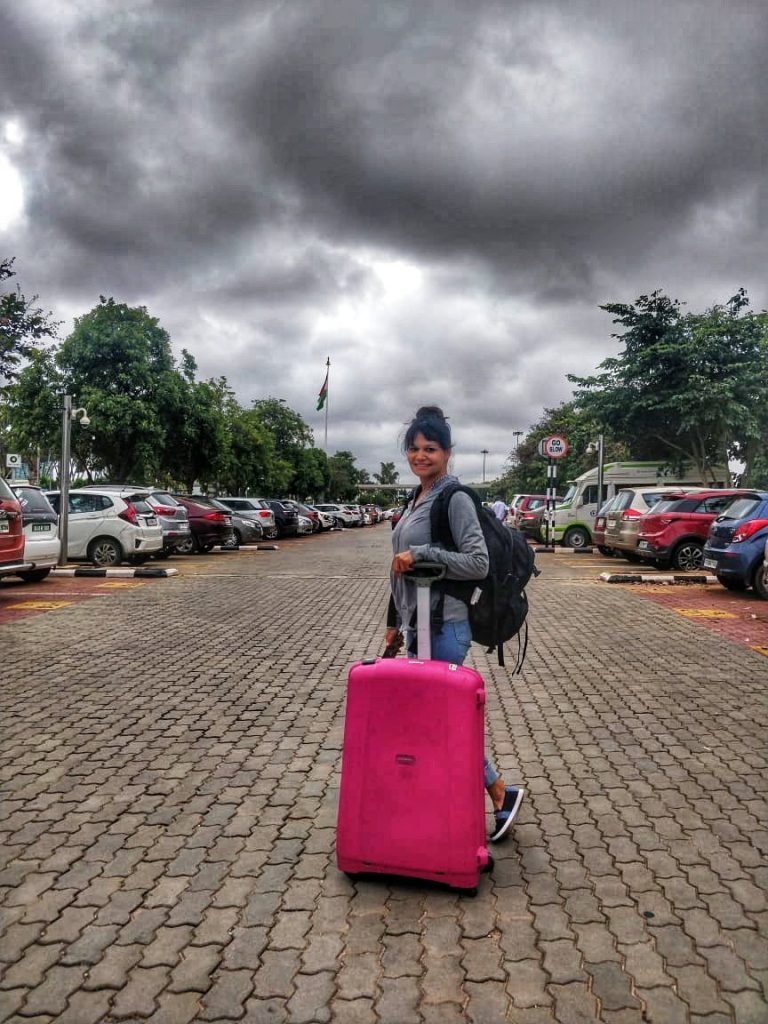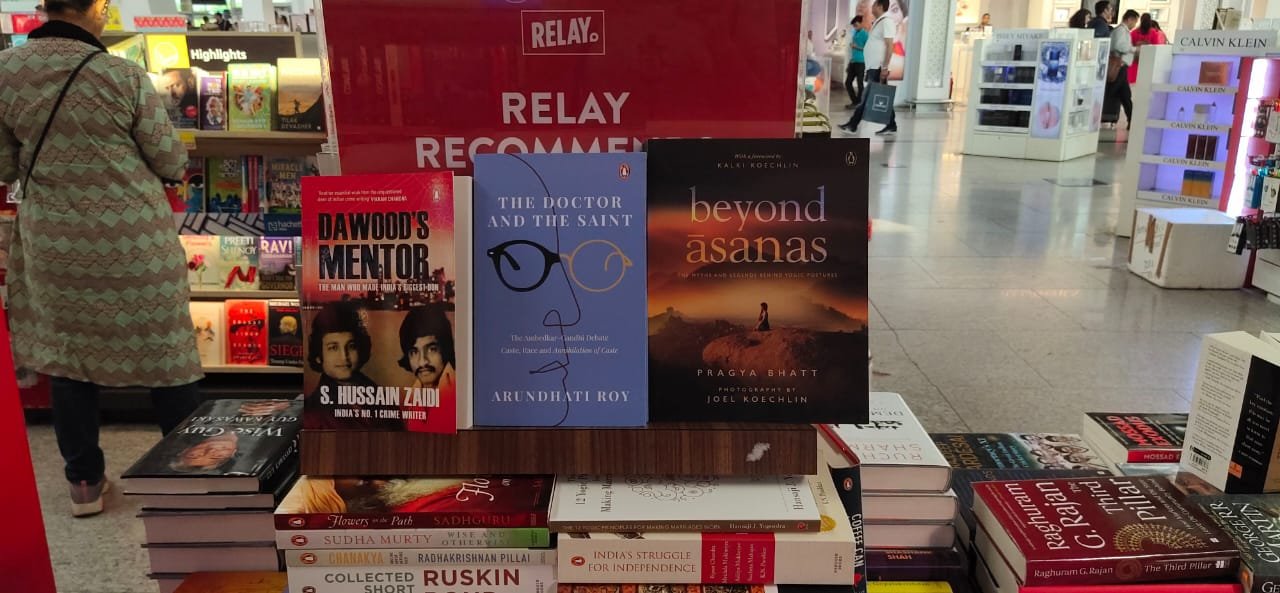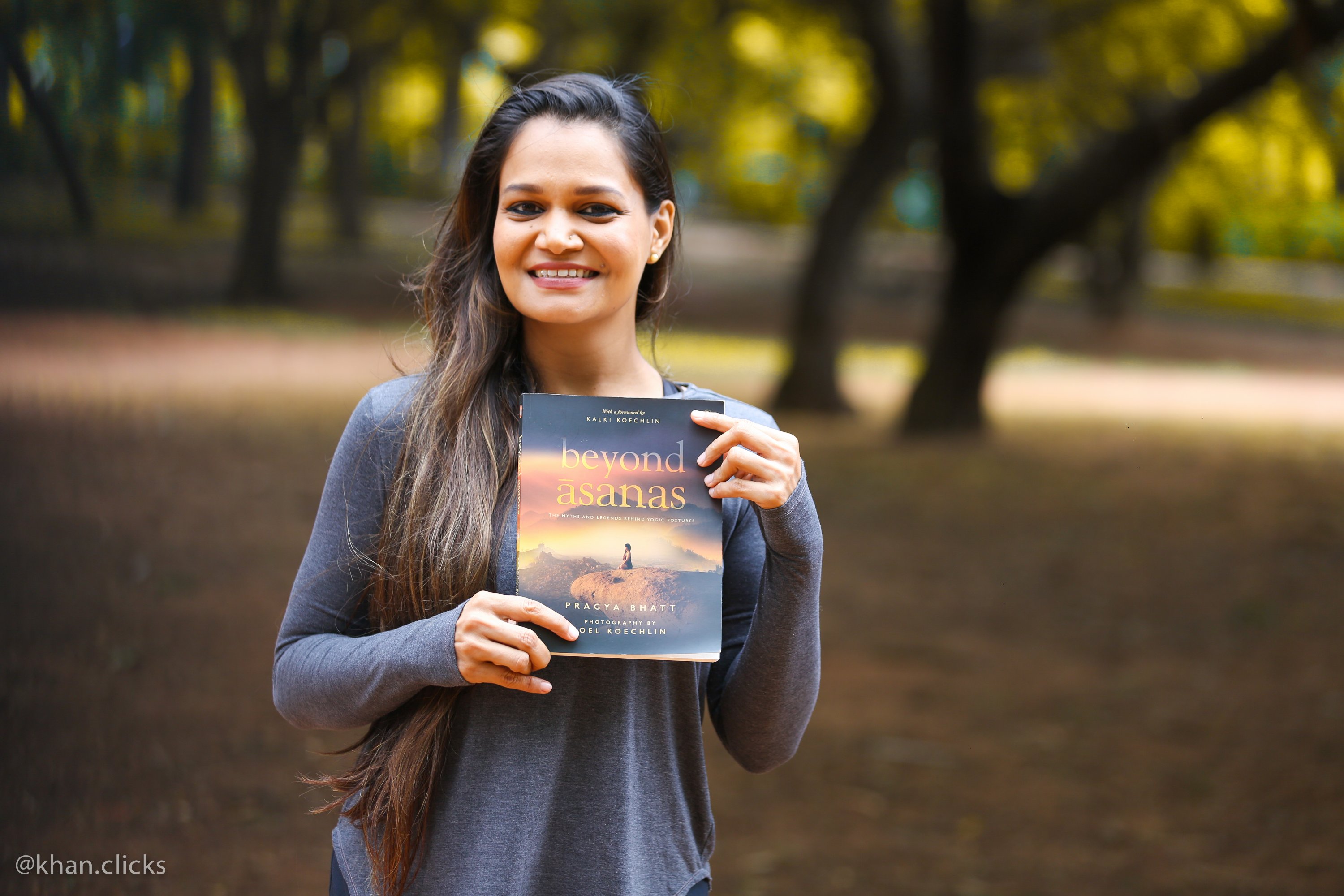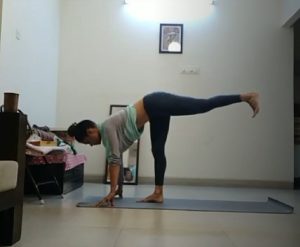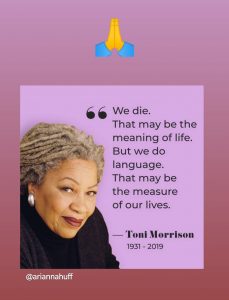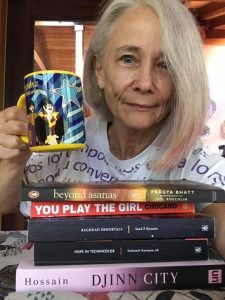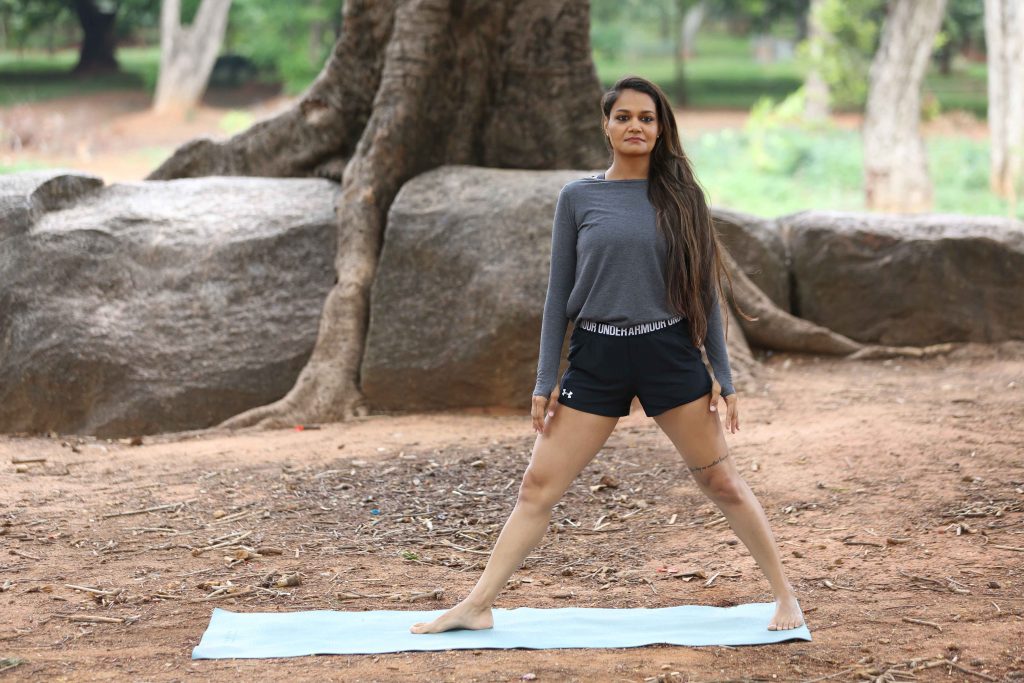
pc: @khan.clicks @deavalin_david_dsouza makeup: makeupbyhennaanbaree location: Cubbon Park
I had a late class yesterday. It started at 7.10 pm and went up to 8.40 pm. The teacher was new to me. After the usual queries (“Where are you from? Who’s your teacher?”) I spread my mat and got ready for a class.
All the teachers at RIMYI have a distinct style of teaching. The strong teacher-student tradition of yoga ensures that your attitude, approach and philosophy towards the practice reflects that of your teacher. Your students will be able to see the ‘Iyengar’ or ‘Ashtanga’ shades in your classes. If you go to multiple teachers/don’t go to any teacher – that is pretty evident too.
There isn’t much of a crowd at RIMYI this year. Last night’s class had about 15 students. We had enough space to spread out. The class was quiet. It wasn’t action-packed or fast paced. We did very few asanas. We held each asana for a very very long time.
As you continue to hold, you’re able to go deeper into the pose. You can intensify the stretch. You can observe which limbs are working, which are sleeping. I worked on lengthening and opening my torso in Trikonasana – I noticed that I could actually activate the hamstrings more. Similarly in Parsvakonasana.
“You may be feeling a stretch in your hamstrings and on your groin,” said the teacher. “But feel the quietness in your abdomen.”
I blinked a couple of times. It’s a mannerism Ive noticed recently. It’s an automatic response if I’m surprised or intrigued.
“Most of us go after the stretch. We think asana works only if we feel the stretch. But all asanas bring quietness in the abdomen too. Find this quiet.”
And with these few sentences, he changed my asana practice forever.
